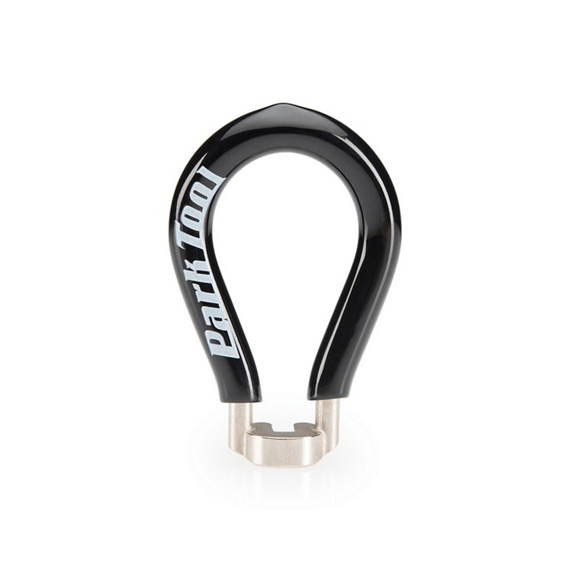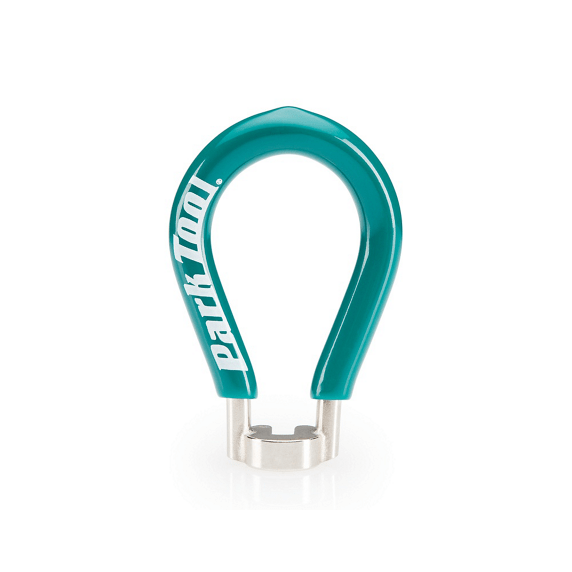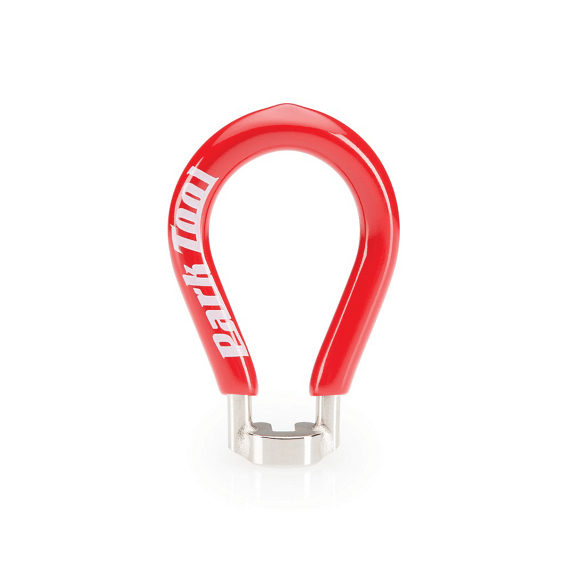Park Tool Workshop Spoke Wrench
11,90 €
Four-sided design for extra strength, compatible with 3.23mm nipples.
Product Description
The Park Tool SW-40 spoke wrench combines the renowned design and top-notch materials of our three-sided spoke wrenches with a unique four-sided design for enhanced strength and support. This design minimizes the risk of slipping and nipple deformation.
Each SW-40 spoke wrench is meticulously manufactured in the USA, undergoing precision stamping, hardening, and nickel plating to ensure long-lasting performance. Park Tool spoke wrenches are conveniently vinyl dipped, providing quick identification of the size.
- Designed for spoke nipples with 3.23 mm (0.127″) wrench flats
- Equivalent to Park Tool SW-0 spoke wrench
- Commonly used in higher-end bicycles
- Compatible with popular nipple brands such as DT Swiss, Sapim, Wheelsmith, Pillar, and others—always double-check measurements for compatibility.
-
Product application: SW-0
Tech Specs
Size: SW-0 (3.23 mm / 0.127") / SW-1 (3.30 mm / 0.130") / SW-2 (3.45 mm / 0.136")
Reviews
Park Tool
In 1956, Hazel Park Radio and Bicycle Shop in St. Paul, Minnesota, primarily offered bike repairs using basic tools. Owners Howard Hawkins and Art Engstrom introduced a bicycle “repair stand” in 1963, which allowed easy access to bike parts. This stand gained popularity and led to the creation of more specialized tools as bikes became more complex.
By 1981, Howard and Art had sold their bike business to focus on Park Tool. The company expanded, offering over 500 products in 70 countries, and operates from a 100,000 square foot facility. Park Tool is now the preferred brand in the biking industry, not only for tools but also for repair tutorials and educational content.
Despite the evolving complexity of bikes, Park Tool’s mission remains unchanged: to create high-quality tools for both professional and amateur bike mechanics. The company attributes its success to its commitment to this mission, dedicated employees, and loyal customers. Park Tool is prepared to meet the challenges of bike maintenance in the future, just as it has for the past 60 years.


